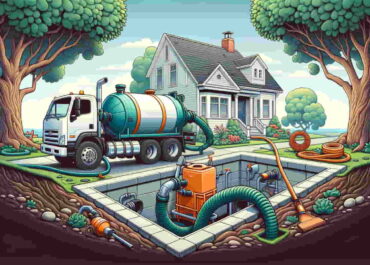Where Imagination Meets RenovationReimagine. Redesign. Rejoice.
About Us
Welcome to Homely Echoes – Where Every Corner of Home Tells a Story
Who We Are
At Homely Echoes, we believe a house becomes a home when it reflects the warmth, comfort, and personality of those who live in it. We’re a passionate team of home enthusiasts, DIY lovers, and lifestyle writers committed to sharing inspiring, practical, and thoughtful content to help you create a home that feels just right.
Whether you’re setting up your first apartment, renovating your forever home, or simply looking for a cozy refresh, Homely Echoes is your trusted companion on the journey.
Our Blog Categories
Window and Doors
Expert tips and inspiration for choosing, installing, and maintaining beautiful, secure windows and doors.
Useful Tips
Explore insights, ideas, and tips for enhancing your home.

Interior Tips
Inspiration and advice to help you style, organize, and elevate every room in your home.

Home Improvement
Smart ideas, expert advice, and inspiration to help you improve, upgrade, and personalize your home.

Exterior Tips
Helpful tips and ideas to enhance your home’s exterior appearance, functionality, and curb appeal year-round.

Home Builders
Guidance, trends, and expert tips for planning, designing, and building your dream home from scratch.

Every corner of your home tells a story—let it reflect the warmth, comfort, and unique personality that make it truly yours.”
What We Write About
We publish blog posts centered around everything home-related—from decor tips and organization hacks to seasonal maintenance guides and garden inspirations. Our content covers:
Interior Design & Styling: Explore design trends, color schemes, and furniture arrangements to make your spaces sing.
Home Improvement: Handy how-tos, DIY projects, and renovation tips that bring functionality and beauty together.
Cleaning & Organization: Smart, time-saving ways to keep your home tidy and stress-free.
Gardening & Outdoor Living: Bring your green thumb to life with ideas for balconies, backyards, and everything in between.
Home Tech & Smart Living: Reviews and guides on gadgets that simplify home life.
Lifestyle & Family: Tips for making home life more joyful, connected, and balanced for everyone under your roof.
We strive to blend inspiration with information—so you always walk away with ideas you can actually use.
Our Blog
Our Mission
Our mission is simple: to help you love where you live. We want to be a part of your day when you’re sipping your morning coffee, scrolling for ideas to transform your living room, or figuring out how to organize that cluttered pantry. We aim to empower readers with knowledge and encouragement to shape their homes in ways that feel personal, functional, and joyful.
Why Homely Echoes?
Every home echoes the lives lived within it. From laughter in the kitchen to quiet evenings on the porch, we celebrate the everyday moments that make a house feel like home. Our name reflects this belief—that the small, meaningful details are what truly define your space.
At Homely Echoes, we don’t believe in perfection. We believe in progress, personality, and the pursuit of comfort in your own unique way.
Join Our Community
We’re more than just a blog—we’re a growing community of home lovers who love sharing ideas, tips, and experiences. Whether you’re a seasoned DIYer or a first-time home dweller, there’s a place for you here.














